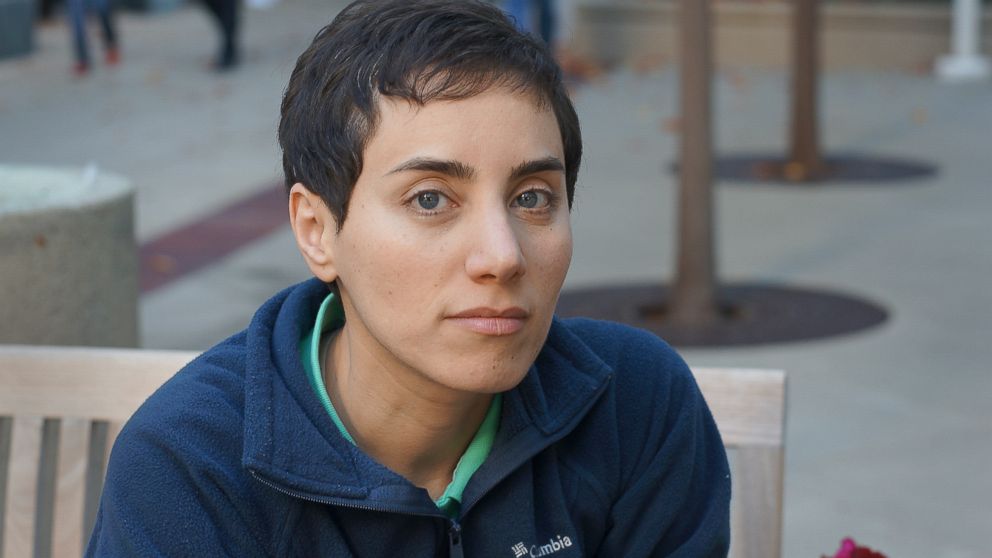What It Takes to Win the Highest Honor in Mathematics
The first woman to be award the Fields Medal -- the Nobel Prize of math.

— -- The Fields Medal is the highest honor a mathematician can achieve. The esteemed award has been compared to the Nobel Prize for the field of math –- and there’s only one requirement to win.
“The only criterion is excellence,” Matheus Grasselli, deputy director of the The Fields Institute for Research in Mathematical Sciences, told ABC News.
The Fields Medal, first awarded at the International Congress of Mathematicians (ICM) in 1936, is awarded once every four years to, at most, four people under 40 that have made "great contributions" to the field of mathematics, Grasselli said.
Monk's 'Startling' Math Discovery
Could Rapping Music Make Students Better at Math and Science?
So, what qualifies as a “contribution”? Simple. All you need to do is find a solution to a problem that has gone unsolved for hundreds of years, that no other mathematician to date has been able to solve.
“In mathematics there are things called open problems,” Fiona Dunbar, Lecturer in Faculty of Math at the University of Waterloo, told ABC News. “These are problems that have been around for hundreds of years and have never been solved. If someone comes along and solves it at such a young age, it’s a pretty big deal.”
Possibly the most famous open problem was Fermat's Last Theorem, which remained unsolved for more than 350 years.
Maryam Mirzakhani, a Stanford professor of mathematics, made history on Tuesday when she became the first ever female recipient of the Fields Medal.
Mirzakhani made major contributions early in her career to a field known as "Riemann surfaces," which are essentially abstract versions of familiar surfaces like spheres, doughnuts, and pretzels, Grasselli explained. Mirzakhani worked on counting the number of closed geodesics, or paths of minimum lengths, on hyperbolic surfaces. She focussed on simple geodesics, meaning that they do not intersect themselves, and showed that they behaved very differently from what was known for more than 50 years as the ``prime number theorem for geodesics". Her results led to new insights into other problems in geometry, including an unexpected proof of a conjecture of Ed Witten, arguably the world's most important living theoretical physicist.
"It's a breakthrough," Dunbar said of the Mirzakhani's achievement.
“It’s really exciting, it’s inspirational,” said Dunbar. “Obviously, seeing a role model like that is really important for the next generation of young women. When you study mathematics, a lot of the names you hear over and over again are men.”
Mirzakhani and the other three recipients, Dr. Artur Avila, Professor Manjul Bhargava, and Professor Martin Hairer will also be receiving a cash prize of 15,000 Canadian dollars along with the bragging rights.
Feel free to go off and solve an unsolved mathematics problem, and in four years the Fields Medal may just be yours. The Goldbach Conjecture is still up for grabs.




